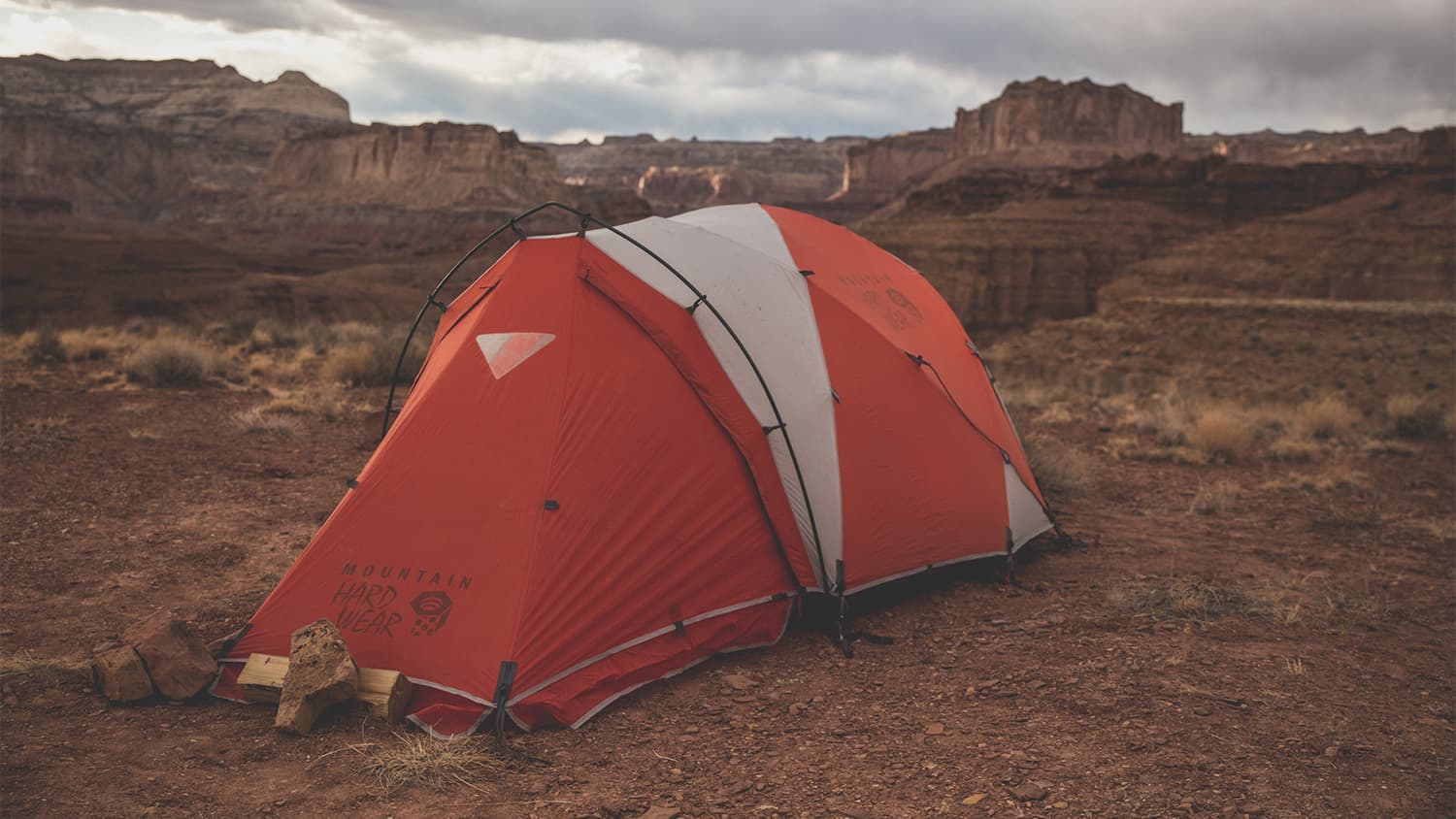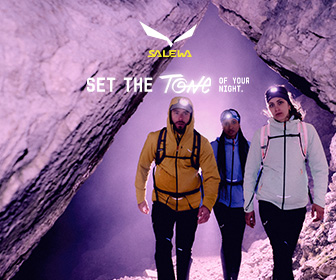Are you considering buying a tent or do you already have one, but don’t feel like you know all the technical ins and outs, then this is for you. This is a brief introduction to all the basics needed to buy a tent. Here you learn a bit more about construction, materials and accessories, but you also get to know technical matters such as hydrostatic head, material and coating.
How do you choose the right tent and what is involved? If you do not know or not enough, get advice in a shop that has specialist knowledge and experience with tents. Below are a few tips & tricks for choosing your tent.
The construction
It is essential to know how many people have to enter and what you will be doing. So first ask yourself the following questions:
- What are you doing on the trip? The tent needs to fit people and activities.
- Do you have special needs like space for kids to play, a porch area for eating or extra room for luggage and equipment?
- Consider the number of doors. For more than two people, an extra entry is welcome.
- How is the weather? More indoor space when raining; and a low tent when windy.
Hydrostatic head, fabrics & coating
When and where are you going? Before you buy a tent, it is essential to determine what you will use the tent for. Are you going to backpack on your own for a few months or spend three weeks on a campsite with the family?
- For a warm summer holiday, choose a spacious tent with a hydrostatic head of around 2000 mm. Consider a PU-coated polyester for extra UV protection.
- To camp in a cold and wet environment a hydrostatic head of about 3000mm is needed on the top flysheet and 8000-10000 on the groundsheet.
- Tent poles are of course, essential for a tent. The material from which these poles are made has a significant influence on this. The poles can, for instance, be made of glass fibre, aluminium or steel.
- Tent cloths are there from different fabrics—each with their properties. Cotton is suitable for the camper who stays in one place for a long time. Polyester/Nylon tents are ideal for the backpacker because it is light. Then there is technical cotton, a mix of cotton and polyester.

Pack size & weight
Is weight and pack size important?
- How do you transport your tent; in the trunk of a car, on a bike or your back?
- For biking four kilos is max.
- For kayaking six kilos is acceptable.
- For motorbiking the pack size should not exceed the 50 cm.
- For hiking, choose the smallest and the lightest pack possible.
Quality of the fabrics
How much will you use your tent?
- If you go camping once or twice a year, choose a cheaper tent.
- If you plan to use your tent extensively or in extreme surroundings, be extra aware of the quality of fabric, stitches, zippers, poles and pegs.
Colour, design & usability
How does it look, and how does it feel?
- Step inside the tent in the shop.
- Feel the fabric and zippers and check out the design and colours.
- Choose with your head, hand and heart!
Tent accessories
Increase the pleasure of your tent; some tent accessories are available.
- A footprint protects your tent from water, thorns, mud and dirt.
- A tarp is a simple and versatile way to add extra space to your tent, create an additional shelter for your camp, or only as an alternative to a tent if you need an ultra-low pack size; and when the weather allows.
So much for the introduction to break down the tent basics. View and feel the tents and let the knowledge you have supplemented in a knowledgeable shop so that you purchase the right tent for your activities.










